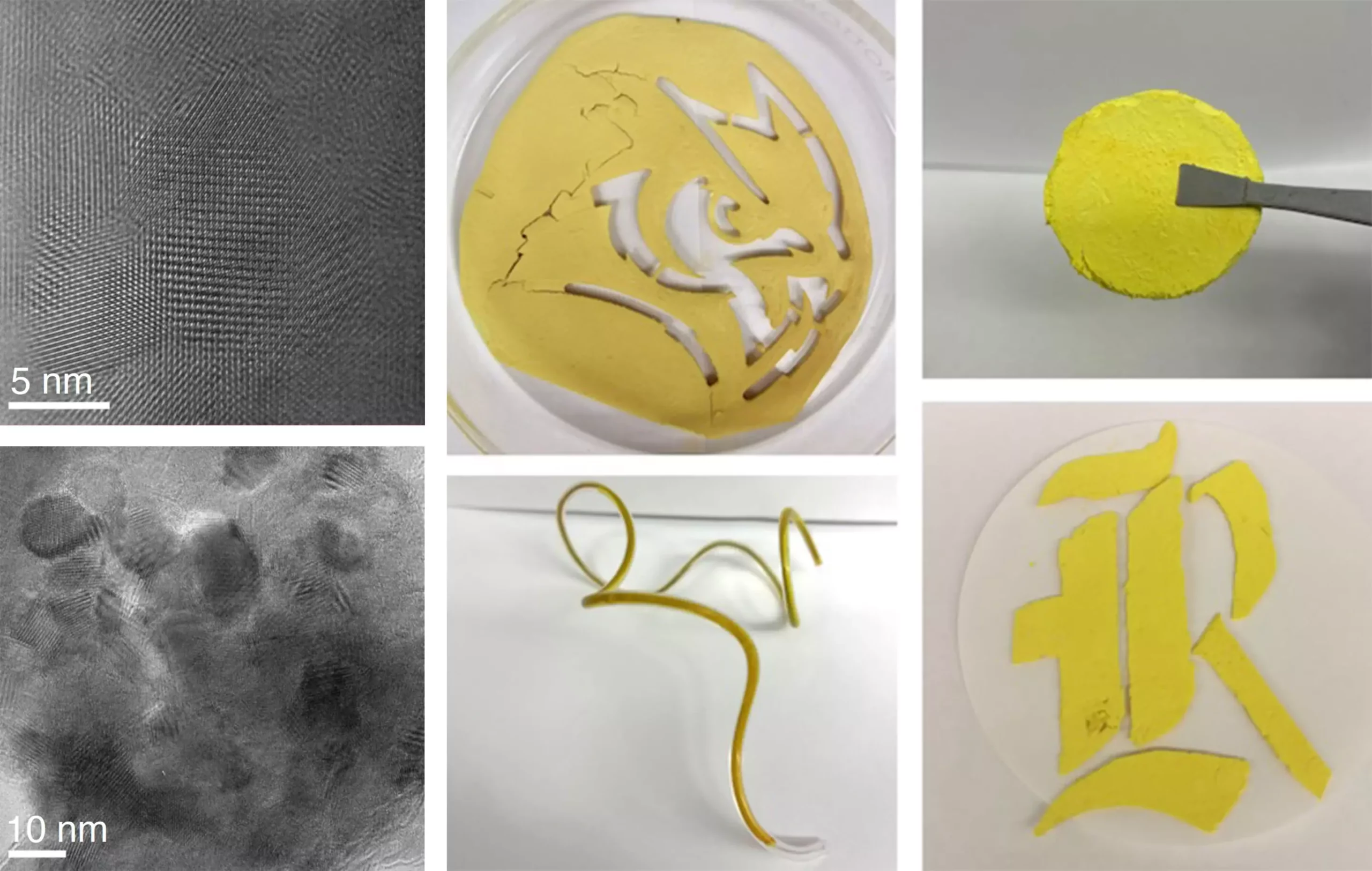Covalent Organic Frameworks (COFs) represent a promising frontier in material science with their numerous applications, from environmental remediation to energy storage. These intricate structures, formed from tiny, repeating units that create expansive, sponge-like architectures, have garnered attention for their porosity and ability to be tailored at the molecular level. Their versatility opens pathways for innovative applications in areas like semiconductors, drug delivery, and water filtration. However, despite their potential, practical deployment has been hindered by the traditional methods of synthesis, which are often slow, costly, and resource-intensive.
Recently, engineers at Rice University introduced an innovative method to synthesize COFs, aiming to facilitate their broader application in tackling significant environmental challenges, including the removal of persistent pollutants such as per- and polyfluoroalkyl substances (PFAS). This groundbreaking work, led by chemical engineer Rafael Verduzco, utilized a multiflow microreactor designed for continuous production—akin to setting up a mini-factory on a laboratory bench. This lab set-up allows the ingredients to mix and react in a continuous flow, contrasting sharply with traditional methods that often aggregate components in large batches.
The research, soon to be published in the esteemed journal ACS Applied Materials and Interfaces, not only details the scalability of this new synthesis process but also showcases an analysis of the advantages and drawbacks of various methods. First author Safiya Khalil, a Rice doctoral alumna, emphasized the significance of controlling the reaction conditions at each step of production, which is key to enhancing quality and reducing resource consumption.
The implications of this research extend beyond logistical improvements; they resonate with environmental urgency, particularly regarding PFAS decontamination. PFAS, often dubbed “forever chemicals” due to their persistent nature and associated health risks—including cancer—pose significant challenges to public safety and ecosystem health. Khalil’s team discovered that one of the COFs synthesized via their new method outperformed traditional techniques in the degradation of perfluorooctanoic acid (PFOA), a dangerous PFAS compound, indicating a successful stride towards efficient contaminant removal technologies.
The degradation process, called photocatalytic degradation, allows harmful chemical breakdown at room temperature with the aid of light—essentially akin to harnessing the sun’s rays to power a sponge-like material aimed at environmental cleanup. This innovative approach could herald a new age of “clean” materials engineered for enhanced environmental performance, potentially transforming how we combat pollutants.
One of the significant challenges faced by COF production previously was the slow pace and high costs attributed to traditional synthesis methods. The Rice University researchers have managed to tackle these issues head-on. By offering a continuous flow synthesis, their method not only accelerates production but also maintains a high degree of control over the materials’ properties—ensuring uniformity and quality. The flow reactor system allows for precise calibration of temperature and mixing, which is crucial in producing COFs with superior crystallinity, thus advancing their utility in various applications.
Khalil’s analogy comparing this method to baking cookies to order instead of in bulk aptly encapsulates its benefits. The constant availability of ‘freshly produced’ COFs enables researchers to experiment with new formulations rapidly, enhancing the chances of discovering innovative applications and properties that traditional methods may have overlooked due to logistical constraints.
With their comprehensive study, the Rice team is poised to inspire a new wave of discovery within the field of material science. Their method not only sets the stage for widespread production of COFs but also signals a crucial step forward in ecological efforts to address some of the most pressing environmental challenges of our time. As the potential for COFs to improve efficiency in pollutant removal becomes clearer, their role in advancing cleaner, more sustainable technologies is increasingly recognized.
The synthesis advancements pioneered by the team at Rice University are a testament to the innovative spirit driving contemporary chemistry. By reshaping how materials like COFs are produced, the researchers open a wider avenue for explorations that may ultimately lead to breakthroughs in sustainable practices that are critical for our future.

